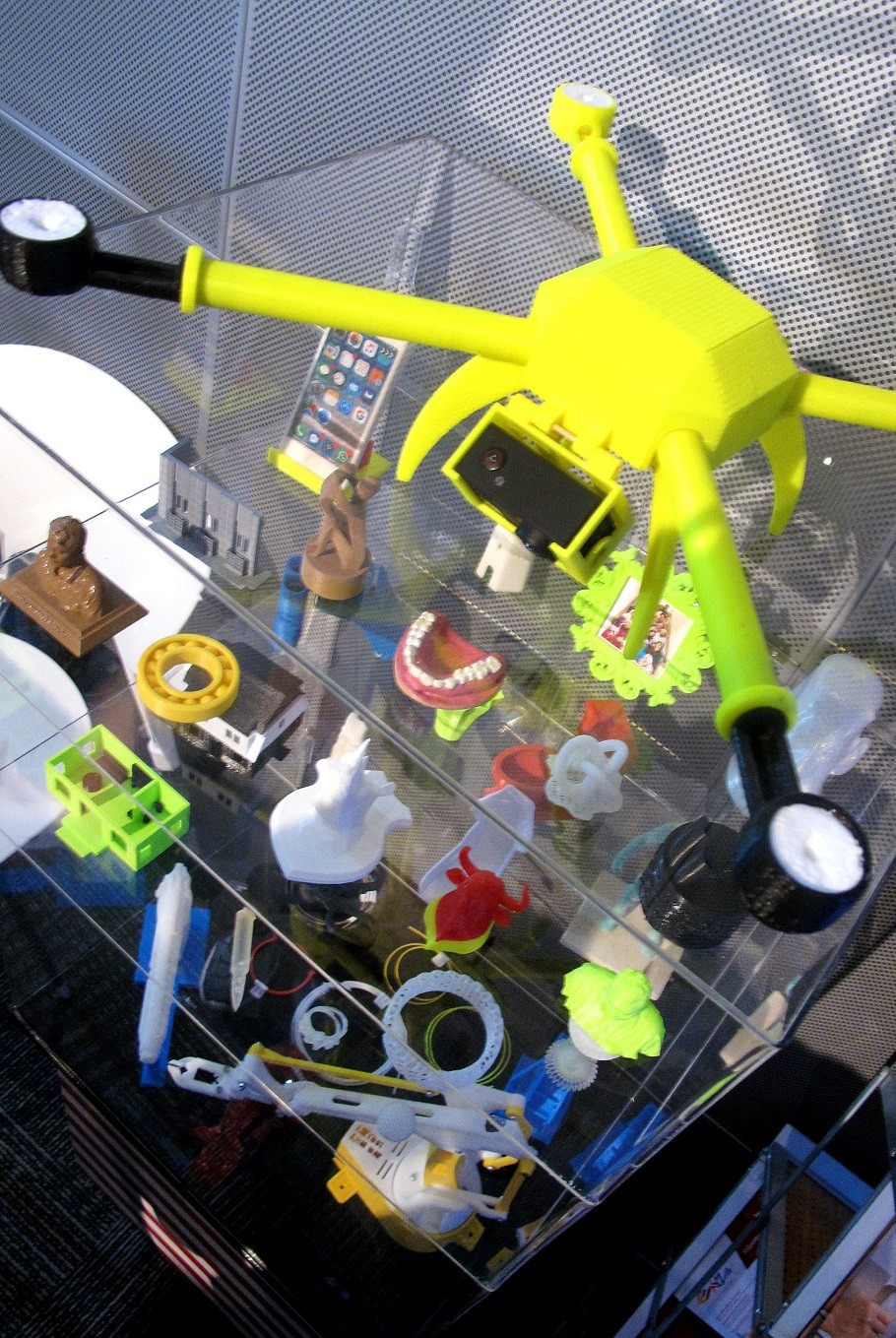The future of manufacturing operations in a post C0VID-19 world
Manufacturers are still under a significant amount of pressure to produce essential products like hand sanitizer, protective face shields, respirators and ventilators.
Change Size

T
he global supply chain has experienced an unprecedented level of disruption and forced manufacturers to think about their operations in an entirely new way.
Manufacturers are still under a significant amount of pressure to produce essential products like hand sanitizer, protective face shields, respirators and ventilators. Despite all these efforts, it has proven difficult to keep up with rapidly changing demand.
Digital transformation in the supply chain has to be about more than just cost-effectiveness. The ability to continue operating and fulfilling customer and partner obligations even under the most unexpected and challenging market conditions is equally important in an age where agility and resilience are paramount.
According to McKinsey, digital manufacturing technologies will transform every link in the manufacturing value chain, from research and development, supply chain, and factory operations to marketing, sales, and service, and “advances in virtual and augmented reality, next-level interfaces, advanced robotics, and additive manufacturing are all opening the gates to digital disruption.”
Many industrial manufacturing companies have started their transformation journey with plant and machine automation and the gains of productivity and process repeatability that brings. Plant equipment automation minimizes the amount of manual operations and maximizes the physical throughput.
To further improve the utilization of equipment, plant operations have matured into using information technology (IT) and software applications as the basis for improvement strategies such as replacing paper-based work instructions and data collection.
A key factor for future manufacturing operations improvements is the effective collaboration of people and systems in a digital, automated and integrated fashion. Digital transformation of operational processes captures and transforms best practices into electronic workflows, to connect assets and systems, establish systematic people and system collaboration and to empower the mobile and next generation workforce.
Connecting systems together can also orchestrate process across functional domains (horizontal integration) and can integrate with business functions (vertical integration). Enforcing consistency of operational procedures and the automation of workflows with electronic records of manufacturing execution activities and data preserves the investments in existing plant systems while offering significant operational efficiency improvement potentials.
IT harmonization is the foundation to digitally model, integrate, execute, and govern operational processes and related information flow consistently across multiple plants. The role of a manufacturing IT platform is to provide adaptability to local plant nuances and a plant asset model which applications can use to blend human and automated activity in the execution of standardized processes and business rules.
The platform adapts to individual local physical equipment and automation, while maintaining the data and information models of the processes and flow of data to other applications and towards the enterprise.
This transformation establishes a sustainable digital twin of the manufacturing plant which offers to further optimize execution of demand which is allowing manufacturers to shorten their lead times and reduce inventory and improve supply chain performance.
When consistently implemented across multiple sites the digital twin of the plant becomes the enabler for agility, velocity and traceability that can support the new business models, product and customer engagement that digital transformation is enabling at the business level.
It is the continuation of transformational activities that align manufacturing IT systems across the business to provide both operational and business improvements. While this digital transformation of the $10-trillion-plus global manufacturing sector will play out over a decade or more, pioneers are moving to drive bottom-line and top-line impact in the near term.
Connectivity is the future – and available now. Having a built-in connectivity to existing plant floor systems, devices and equipment will eliminate inefficiencies, maximize profitability, and empowers team to respond to future external disruptions.
***
The writer is senior product marketing manager at AVEVA Group Plc.









